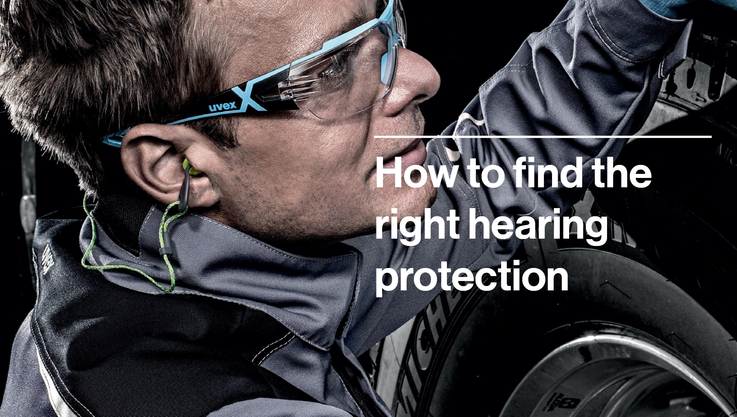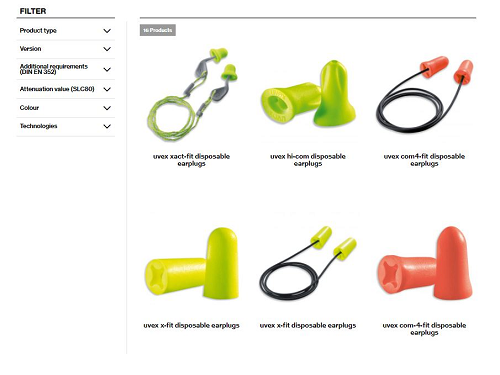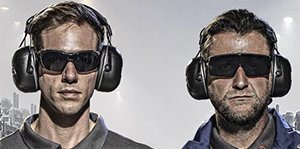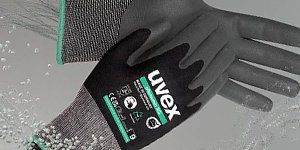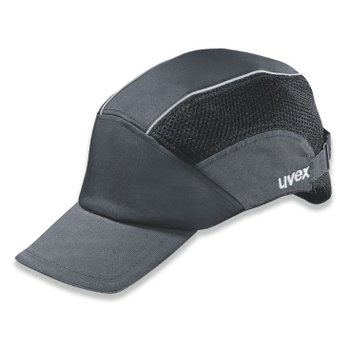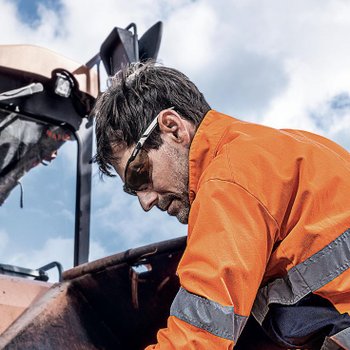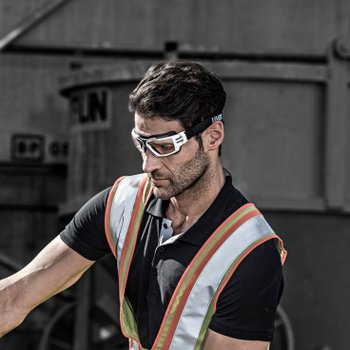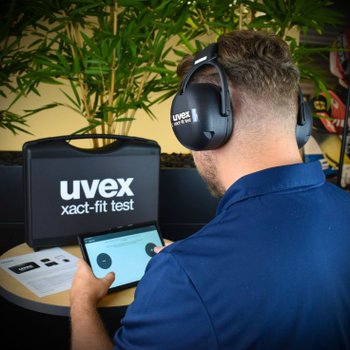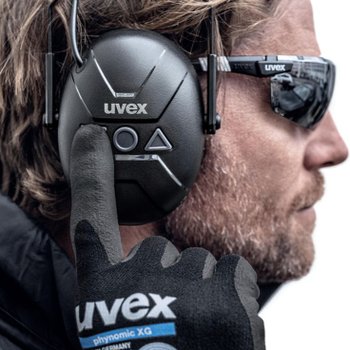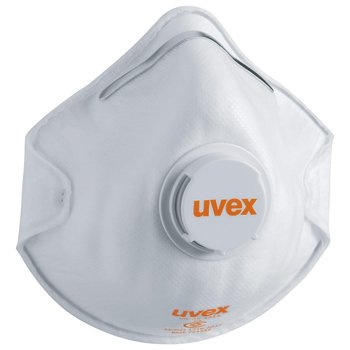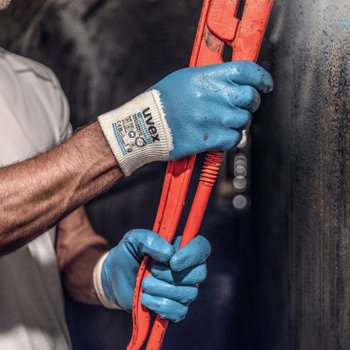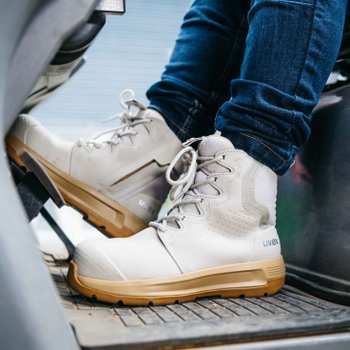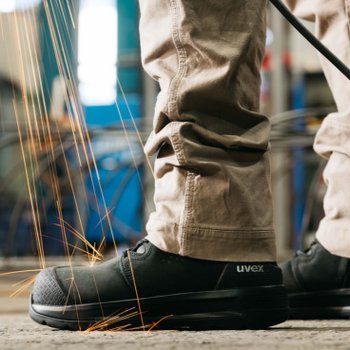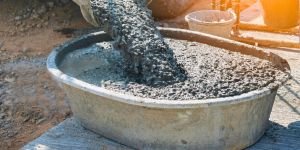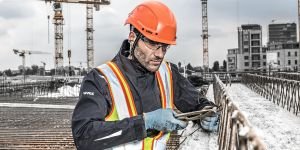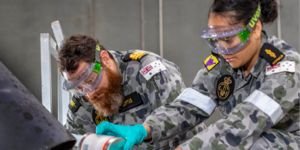How much noise is too much noise?
Noise is a major workplace health and safety hazard. We are exposed to noise every day at work and at leisure, some of which has the potential to damage our hearing. Excessive amounts of noise may cause temporary or even permanent hearing loss. Hearing loss develops gradually and painlessly which is why we tend not to notice it until it is too late.
The degree of hearing loss that occurs is dependent on how loud the noise is, how long someone is exposed to it and, to some extent, individual susceptibility. Long term exposure to loud noise is the most common preventable cause of hearing loss.
Apart from damage of hearing other associated effects of excessive noise can be: disturb sleep, cause fatigue and aggression, reduce immune response, lead to heart disease, interfere with concentration and thought processes.
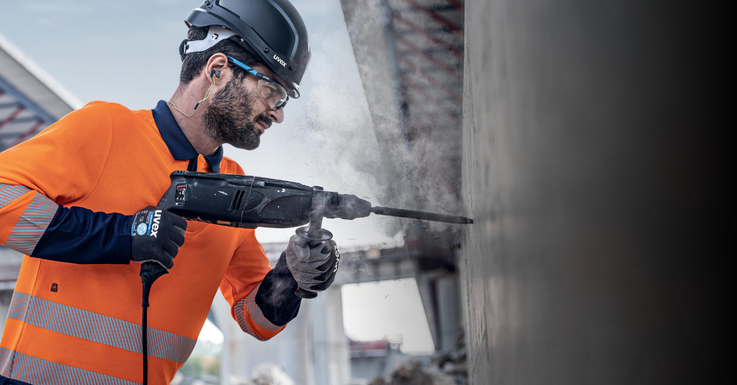
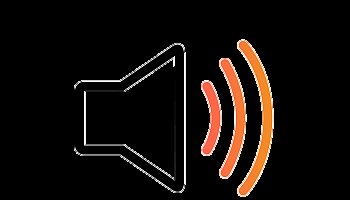
Hearing Loss in Australia Stats
- around 3.6 million Australians suffer from hearing loss (Australian Government - Department of Health)
- more than 1.3 million Australians live with a hearing condition that could have been prevented (Australian Government - Department of Health)
- Noise-Induced Hearing Loss (NIHL) is an issue that accounts for 37% of all hearing loss
- 4,700 claims are made each year for noise-induced hearing loss (safe work australia)
How many decibels are too loud?
Sound is measured in decibels (dB). For example, a normal conversation you have with someone sitting next to you is about 60 decibels. When it comes to noise, the louder the sound, the less time it takes for that sound to cause hearing loss.
Exposure standard for noise is defined in the WHS Regulations as an LAeq,8h of 85 dB(A) or an LC,peak of 140 dB(C), which protects most but not all people.
LAeq,8h of 85 dB(A) means that over an eight-hour shift a worker can’t be exposed to more than 85 decibels. Whether this is exceeded depends on the level of noise involved and how long a worker is exposed to it.
LCpeak of 140 dB(C) means a worker can’t be exposed to a noise level above 140 decibels. Peak noise levels greater than this usually occur with impact or explosive noise such as sledge-hammering which could cause immediate hearing loss.
Below are some common noise sources and their approximate noise levels and safe exposure limits.
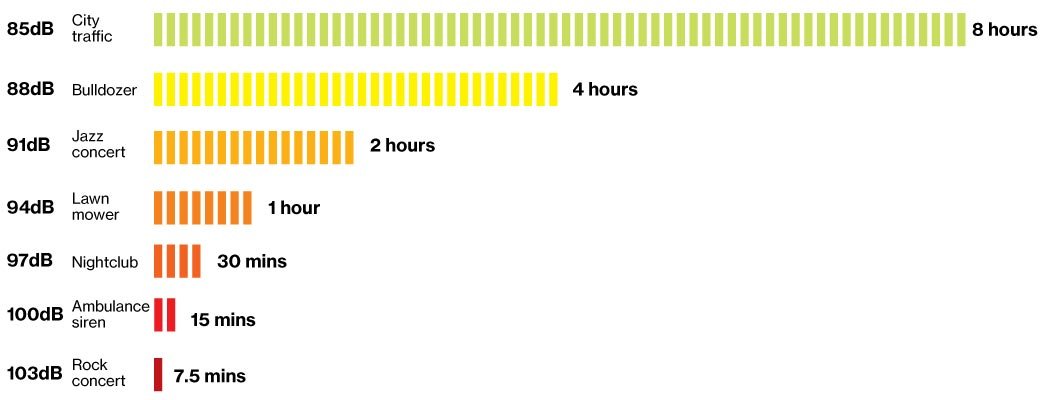
Noise control at your workplace
All Australian States and Territories have laws regulating the exposure of noise at work.
The OHS Regulations have specific requirements for the control of noise above the exposure standard. They set out specified risk control measures, to be used in order. Work through the following list to control noise risks. This is called the hierarchy of control.
1. Eliminating the risk: The most effective control measure is to eliminate the source of noise completely: For example, stop using a noisy machine.
2. Substitution, Isolation or Engineering controls: Minimising the risk, for example using quieter plant or processes
4. Use administrative controls (work systems) to reduce noise exposure. For example, rotate employees between noisy and quiet jobs.
4. Provide hearing protectors: Ear plugs and earmuffs to reduce noise exposure.
Using personal hearing protectors
When all options for eliminating or reducing the noise at the source are exhausted, hearing protection devices such as earplugs or earmuffs should be made available to workers:
- need to be suitable for the nature of the work and any hazard associated with the work
- suitable size and fit and reasonably comfortable for the worker who is to use or wear it
- effectively maintained, repaired and replaced when required, as well as clean, hygienic and in good working order
Everyone’s ear canal is unique — much like a fingerprint. Which is why it’s even more important that you choose adequate and suitable hearing protection that is the correct size to achieve a good fit. uvex offers a complete range of hearing protection to ensure all wearers are able to achieve a fit that’s right for them.
uvex Product Trial Program
Our goal is to work with you together to help reduce injuries and lower your PPE costs. We surround our products with an array of services which support PPE decision makers in selection and safety strategy implementation ensuring that PPE wearers derive maximum benefit in terms of protection and ‘issue free’ wearability.

